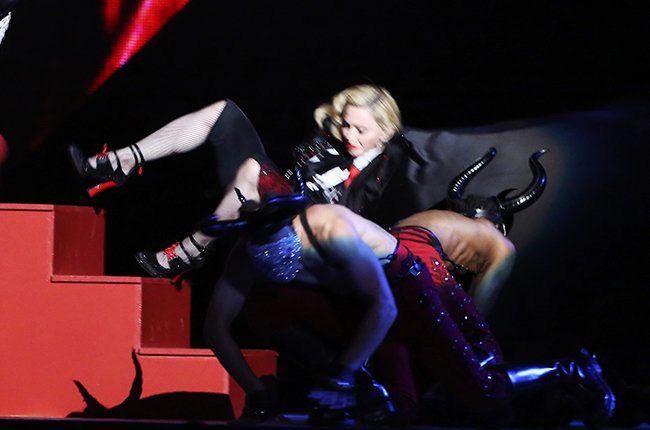As marketing communications specialists, we’re tasked with raising awareness of our clients’ products and services. Public relations activity, therefore, features heavily in the majority of our campaigns.
Reaching the right people at the right time with a targeted message is key, and we believe a media campaign can be the perfect way to increase brand awareness, engage audiences and build great relationships.
Whether it’s announcing the latest company news, launching a brand new product or revealing an innovative programme, keeping front of mind and reaching out to customers is all down to great media coverage.
People often ask me the secret to publicity and PR – how to take a press release and encourage top news outlets to feature the content.
The answer is simple – the perfect PR phone pitch.
Long gone are the days of emailing a press release to hundreds of reporters in a vague effort to achieve a few small news stories. Instead, you need a surefire way to get your news noticed and your company remembered.
To give you a helping hand, here’s some top tips to making the perfect PR pitch:
Cut the small talk
It’s no surprise that the typical reporter receives hundreds of PR phone calls every day. Unfortunately there’s a limit on how many times they can discuss the weather without collapsing into boredom – so keep your call concise and clear.
If you can, be sure to get the key facts across in the first 15 seconds – most importantly the who, what, where, when, why and how.
If a journalist is interested in your story, they’ll have made a decision almost straightaway. Follow this up with a well-written press release and you’re on the right track to great media coverage.
Keep it simple, stupid!
Although you may be an expert on your company, product or service, don’t expect a journalist to share the same specialist knowledge.
Just as you would write a press release, keep your pitch simple. A long speech about the latest technology or technical specifications is more likely to confuse and deter, rather than engage and entice.
Stick to the basics and focus on the benefits so that you engage with reporters, increasing the chance of seeing your news printed.
Believe in your story
There’s nothing worse than talking to a salesperson who doesn’t have any passion for their product, and it’s the same with PR – if you don’t believe in your story, neither will an editor.
However, if you show interest, enthusiasm and can demonstrate how relevant your story or idea is for readers, you’re more likely to find yourself featured in the press.
Timing
With more and more publications moving to a weekly, quarterly or annual print basis, it’s becoming ever more important to pick the perfect time to pitch.
Research the publications you want to target and know their deadlines. If the outlet goes to print on a Thursday, pitching a front-page splash on Wednesday afternoon is unlikely to be worth your while.
Planning is key, so don’t leave it to the last minute.
Don’t fall at the last hurdle
Even if you have the perfect pitch, a sloppy email or press release can be the difference between a lead story and missing out on being featured.
Grammar, spelling and syntax are essential. Proof your release, take time to send a follow-up email and make sure the publication has everything needed for a story to go to print.






